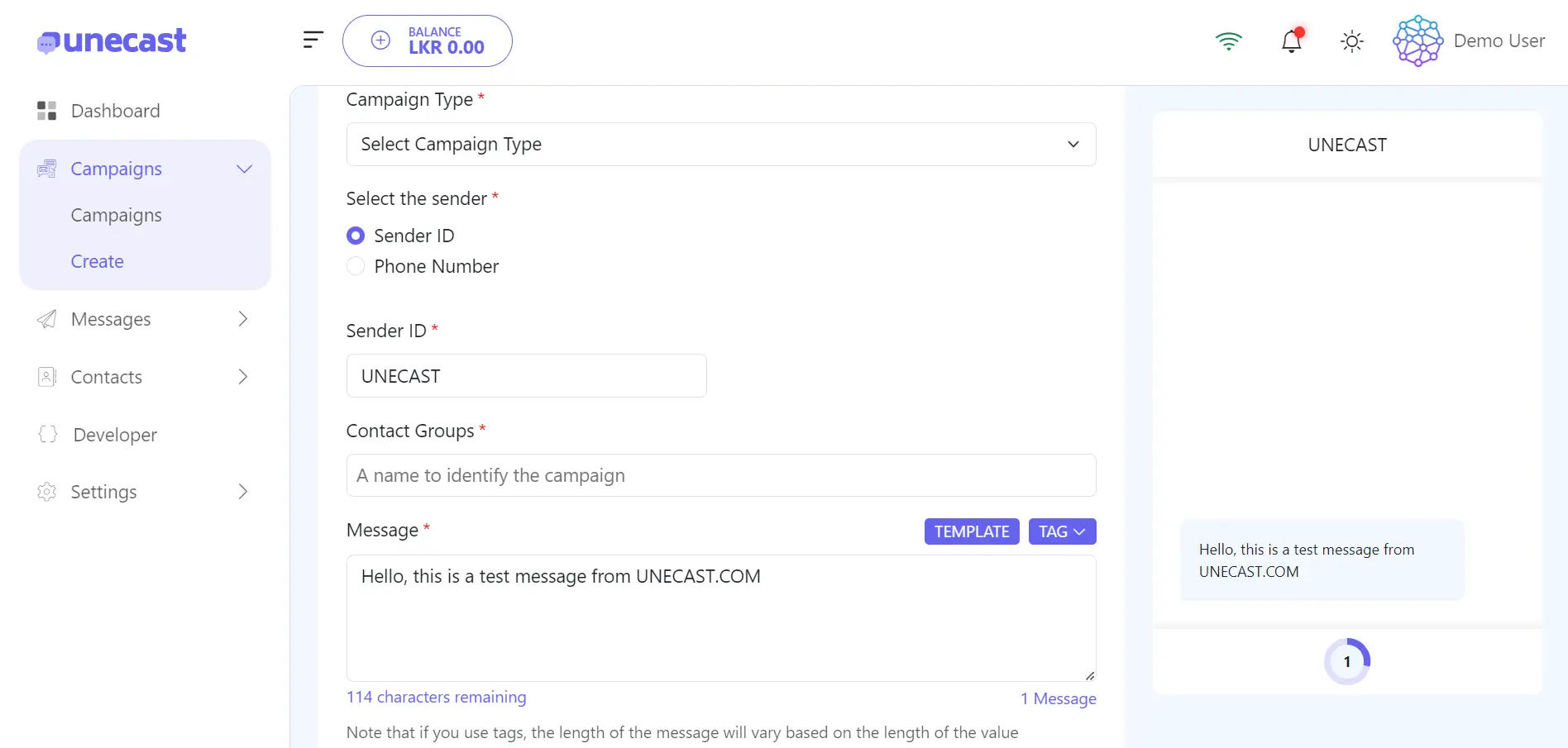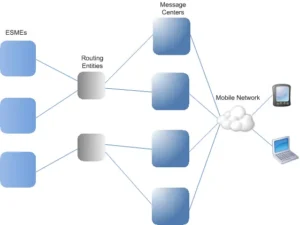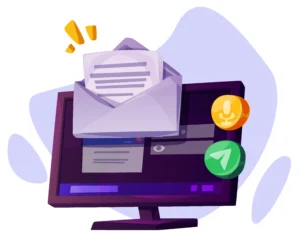In the realm of communication, Short Message Service (SMS) remains a fundamental tool for businesses and organizations to engage with their audience effectively. However, navigating the landscape of SMS services can be daunting, especially when it comes to choosing between different sender identification methods and understanding the associated registration processes and fees. In this article, we will explore the concepts of SMS Sender ID, Long Code, and Short Code, delve into how to register for each, and shed light on the associated fees.
SMS Sender ID
Overview: An SMS Sender ID, also known as an alphanumeric sender ID, represents the identity displayed as the sender of an SMS message. Unlike Long Codes or Short Codes, which typically consist of phone numbers, Sender IDs can be customized to reflect your brand, such as the name of your company or organization.
Registration Process: Registering for an SMS Sender ID often involves providing documentation to verify your identity and association with the entity being represented by the sender ID. The exact requirements may vary depending on your location and the regulations of your SMS service provider.
Fees: The fees associated with obtaining an SMS Sender ID can vary widely based on factors such as the service provider, the region you operate in, and the volume of messages you intend to send. Some providers may charge a one-time setup fee, while others may include the cost of sender ID registration in their messaging package.
Long Code
Overview: A Long Code is a standard phone number used for sending and receiving SMS messages. Unlike Short Codes, Long Codes are typically regular, local phone numbers with a standard country code (e.g., +1 for the United States).
Registration Process: Registering for a Long Code usually involves selecting a phone number from the available pool provided by your SMS service provider. Depending on the provider and your location, there may be specific requirements or restrictions regarding the use of Long Codes for commercial purposes.
Fees: The fees associated with Long Codes often include a monthly rental fee for the phone number itself, as well as charges based on the volume of messages sent and received. Pricing structures may vary, with some providers offering tiered pricing based on message volume.
Short Code
Overview: A Short Code is a shortened phone number, typically consisting of 5 or 6 digits, that is used for sending high-volume SMS messages. Short Codes are commonly used for marketing campaigns, two-factor authentication, and other applications requiring mass messaging.
Registration Process: Registering for a Short Code involves applying for a dedicated or shared Short Code through a Short Code Registry, which is managed by telecommunication regulatory authorities or industry organizations in many countries. The registration process often requires submitting an application detailing the intended use of the Short Code and obtaining approval from the relevant authorities.
Fees: The fees associated with Short Codes can be substantial, encompassing both one-time setup fees and recurring monthly fees for dedicated Short Codes. Additionally, there are charges based on the number of messages sent and received through the Short Code. Shared Short Codes, where multiple businesses share the same code, may offer a more cost-effective option for smaller organizations.





